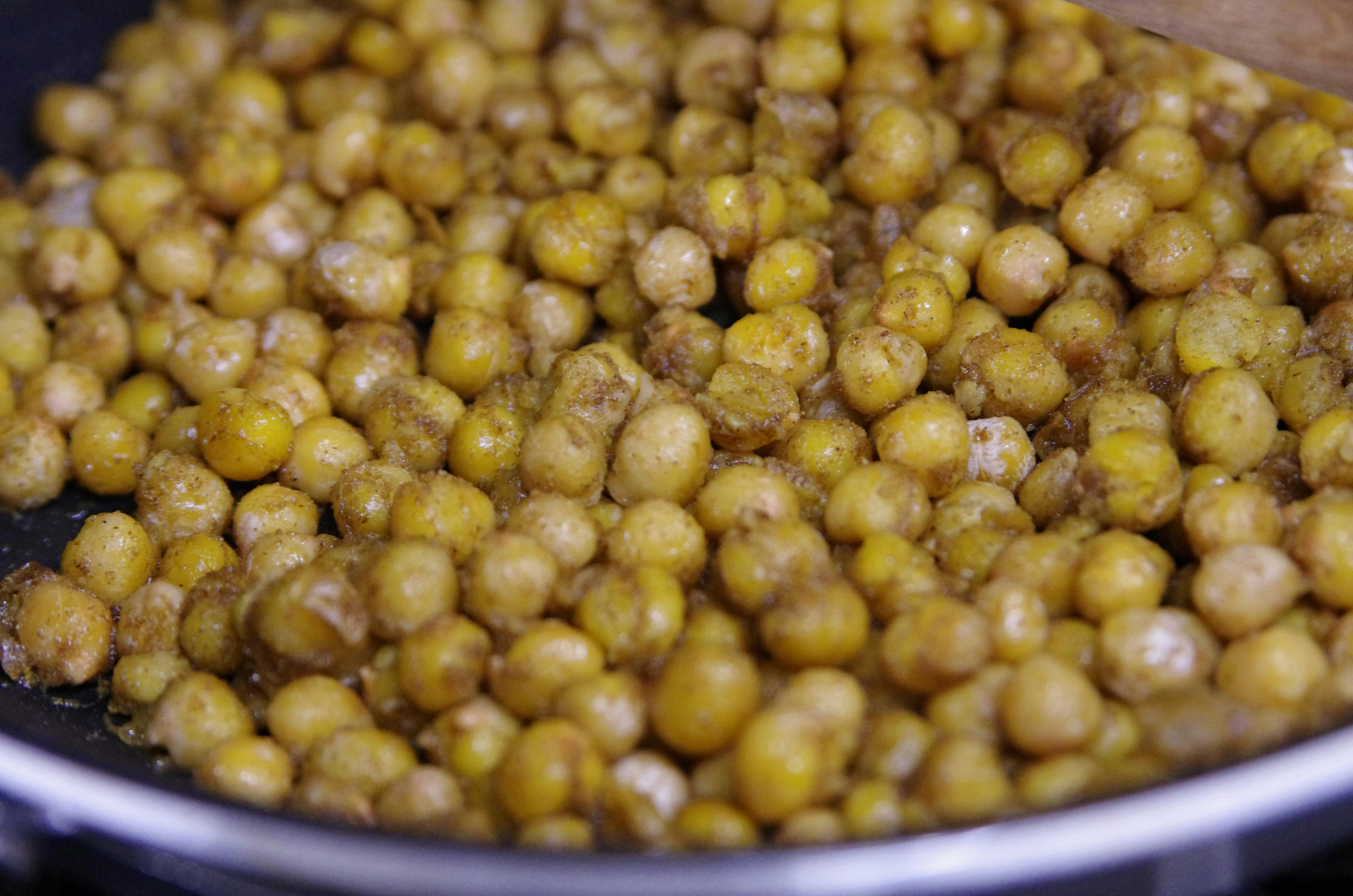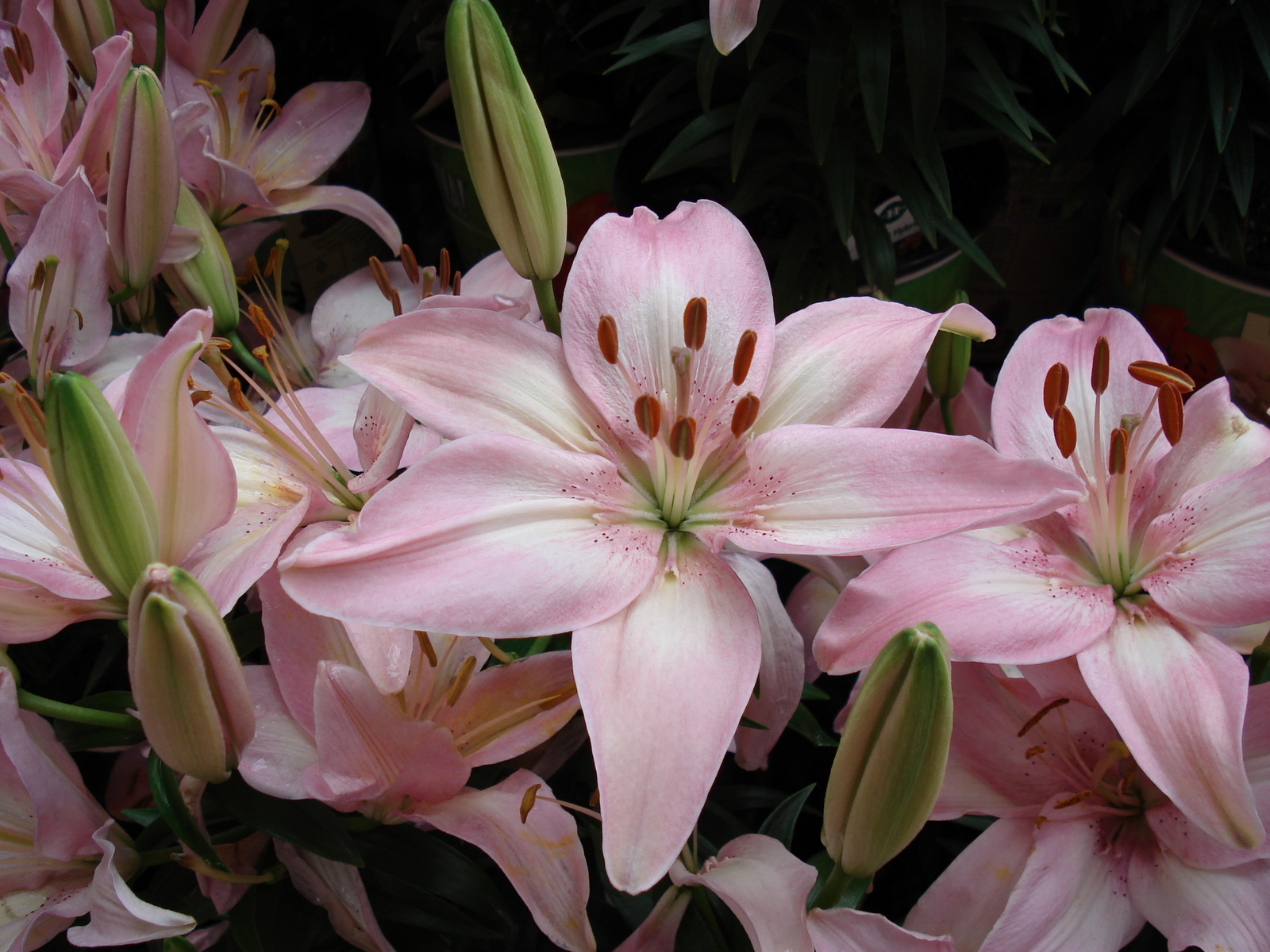 Let’s say you might have a texture map with alpha values, for a plant. These generally include the plant on a background of a strong coloration. The background may be black, white or another coloration, which in concept doesn’t matter as a result of the alpha values will mask it away. However, on the comfortable edges of the plant, there are boundary texels which include some combination of the plant’s coloration and the background. Against the sky, the palm doesn’t look so dangerous. It’s because that’s the colour the palm was initially photographed towards, so traces of that shade are blended into its halo. However, in opposition to darkish areas of the terrain, it appears to be like quite mistaken. The coloration we really need, on the mushy edge texels, is the unique plant shade, without the contribution of the background. How can we obtain this? By subtracting the background and normalizing the remaining coloration to preserve depth. This produces a big enchancment, however we can do even higher. When mip-mapping is used, it’s possible for the background to nonetheless bleed by, because of the sub-sampling of the smaller mip-ranges. The answer is to fill within the background areas of the texture with a mix of the closest non-background texels.
Let’s say you might have a texture map with alpha values, for a plant. These generally include the plant on a background of a strong coloration. The background may be black, white or another coloration, which in concept doesn’t matter as a result of the alpha values will mask it away. However, on the comfortable edges of the plant, there are boundary texels which include some combination of the plant’s coloration and the background. Against the sky, the palm doesn’t look so dangerous. It’s because that’s the colour the palm was initially photographed towards, so traces of that shade are blended into its halo. However, in opposition to darkish areas of the terrain, it appears to be like quite mistaken. The coloration we really need, on the mushy edge texels, is the unique plant shade, without the contribution of the background. How can we obtain this? By subtracting the background and normalizing the remaining coloration to preserve depth. This produces a big enchancment, however we can do even higher. When mip-mapping is used, it’s possible for the background to nonetheless bleed by, because of the sub-sampling of the smaller mip-ranges. The answer is to fill within the background areas of the texture with a mix of the closest non-background texels.
